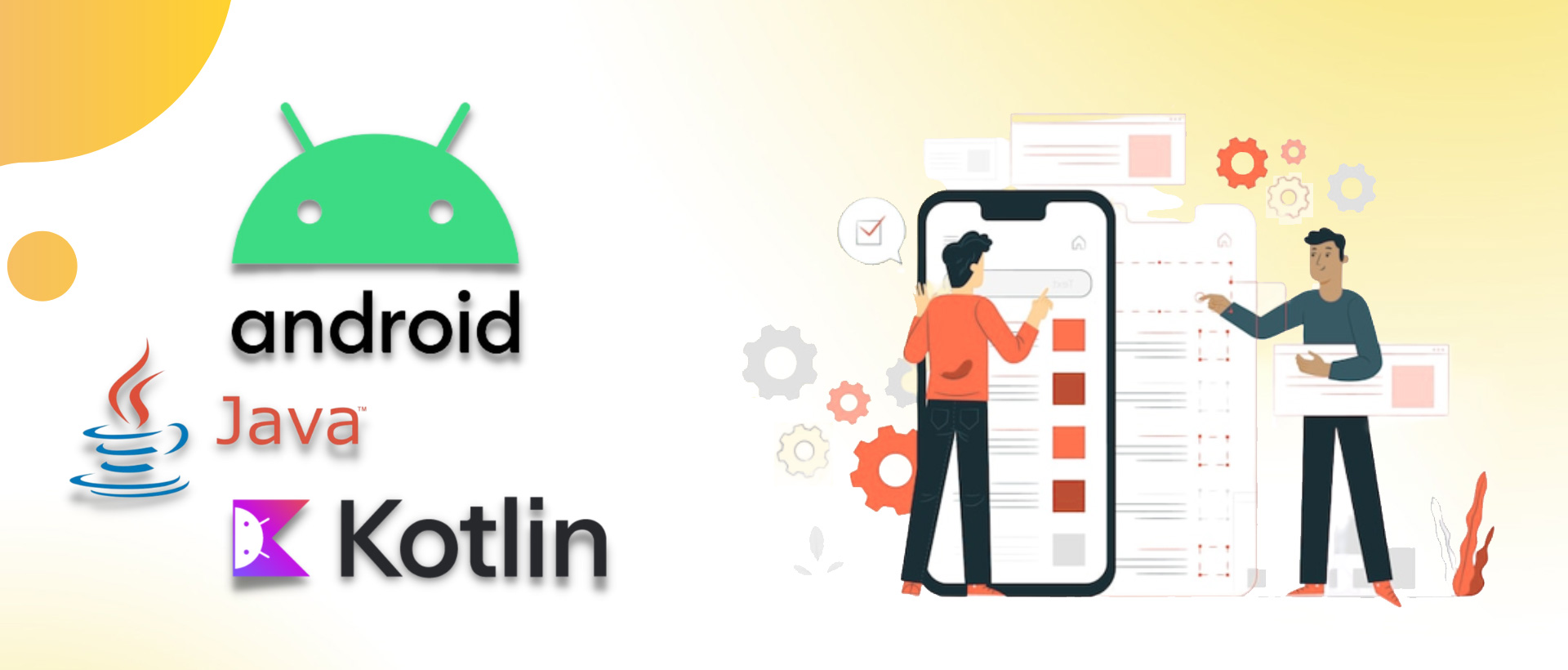May I Help You
May I Help You
Core Java is mainly used for web development. It is a high-level and object-oriented programming language, which has come more popular these days. It is never actually defined anywhere and is just a term used by Sun Microsystems to better describe the Java Standard Edition (Java SE). Core Java Training the most basic and robust version of Java which consists of a wide variety of both general-purpose and special-purpose APIs. It is hypothetically everywhere, from mobile applications to websites, game consoles to data centers from mobile phones to the Internet, it is everywhere. Billions of devices around the world use this language as a core programming language. Even all native Android apps come built-in with core Java. Core Java with Android and Flutter Training includes core Struts and Hibernate, etc. It works on multiple kinds of stuff such as pointers, multiple inheritances, and memory allocation. Being one of the best training institutes in Noida we are relentlessly committed to providing students with the best quality of training in Noida on Core Java with experienced Developers and professional trainers who will give you live exposure TO Core Java development work.
Android is one of the fastest developing operating frameworks and a brilliant vocation way for java applicants. It is a software package and Linux-based OS for mobile devices such as tablets, computers, and smartphones. The entire goal of Android Training is to create a successful real-world product that improves the mobile experience for end users or customers. It has many features like it is open source, and anyone can customize this Platform. It was designed basically for touchscreen devices such as smartphones and tablet computers. The hardware that supports android is based on the ARM architecture platform. The android is an operating system (OS) and is a stack of software components that is divided into three layers Linux kernel, libraries, and android runtime. The kernel is the heart of the OS that manages input and output requests from software. This provides system functionalities like process, memory, and device management like camera, keypad, and display, etc. Libraries are used to play and record audio and video. The android runtime provides a key component called Dalvik Virtual Machine (DVM) which is a kind of java virtual machine. Being among the top training institutes in Noida, we are steadfastly dedicated to giving students the finest possible Android training in Noida from the best instructors who will offer you hands-on experience with mobile app development on Android platform.

Kotlin is a statically typed, general-purpose programming language developed by JetBrains, that has built world-class IDEs like IntelliJ IDEA, PHP Storm, App code, etc. It was first introduced by JetBrains in 2011 and is a new language for the JVM. Kotlin is an object-oriented language, and a “better language” than Java, but still be fully interoperable with Java code and is used generally for the following development works:
Why Use Kotlin?
Implementation of Kotlin in Android Application Final Project